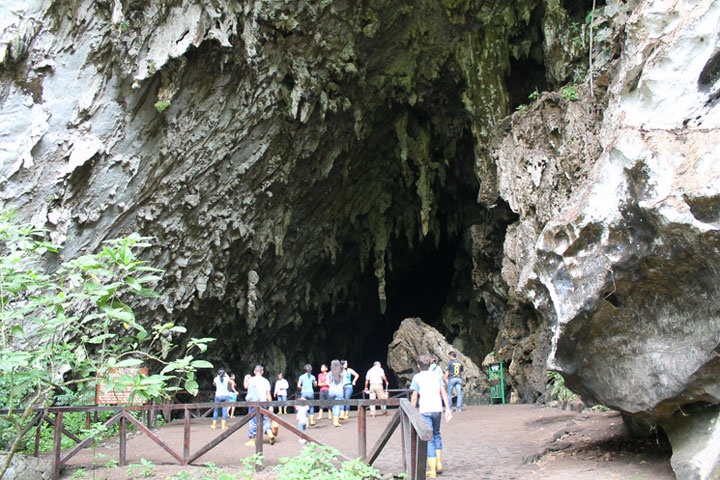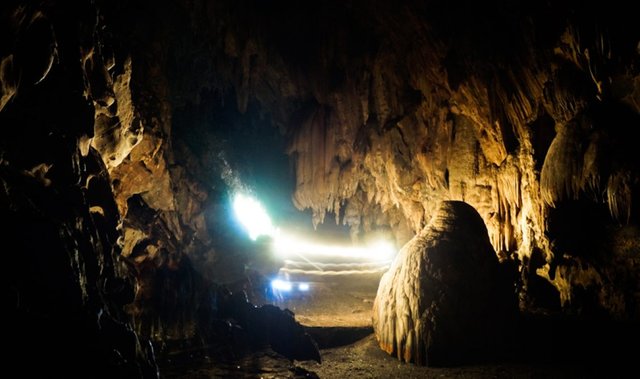The Cuevas del Guacharo A Natural Monument
This extraordinary national park was visited for the first time on September 18, 1799 by Alejandro de Humboldt, a naturalist native of Germany. It is located in the vicinity of the nearest town, Caripe del Guacharo, in the northern region of Monagas; specifically in the Cerro Negro sector of the Caripe massif. It has an altitude of approximately 1,065 meters and its average temperature is 21 degrees Celsius. Currently, it is suspected that its length is 10.5 kilometers. This natural monument is also known as Alejandro de Humboldt, in honor of its first valiant hiker.
Many will wonder why the name of the Guacharo; There is a logical reason for this, because the Guácharo is a nocturnal bird that lives in this cave. It is not only found in our country, but also in other countries such as Bolivia, Peru, Ecuador and Colombia. These species live and reproduce only in caves or outdoors if the environment is dark, protected and humid. They eat only fruits.
Tourist Tour
The Cueva del Guácharo has a wide path so that the adventurous visitors can make an interesting and enjoyable journey, with approximately 1,500 meters in length. The route starts at a mouth about 23 meters high by 28 meters wide, and is located on the south wall of the hill.
Weather conditions
It is important to point out that these caves are made up of several environments: the first of them, called as a penumbra zone that goes from the entrance to where natural light can be introduced; the second, is the intermediate zone, is the sector where absolute darkness is perceived, where humidity and temperature change depending on the exterior; and finally, the deep zone where humidity and temperature prevail. Its temperature is maintained at 19 degrees Celsius, specifically in the middle and penumbra zone.
Hall of Humboldt
It has 759 meters in length. Through the roof of this sector the immense and famous formations known as the stalactites that have been called by different names by tourists due to their peculiar forms are detached. Visitors can see from the 180 meters of the route the First Pedregal, a mass of blocks that partially obstructs the gallery; while the Second Pedregal is located when passing the formation of The Paws of the Elephant, it is here where a giant stalagmite called El Castillo is located; Just when arriving at the Third Pedregal, the road is divided into two; one of them will direct it towards the east where Las Velas del Calvario, El Mataquero and Los Monjes are located; and the second road to El Paso del Silencio.